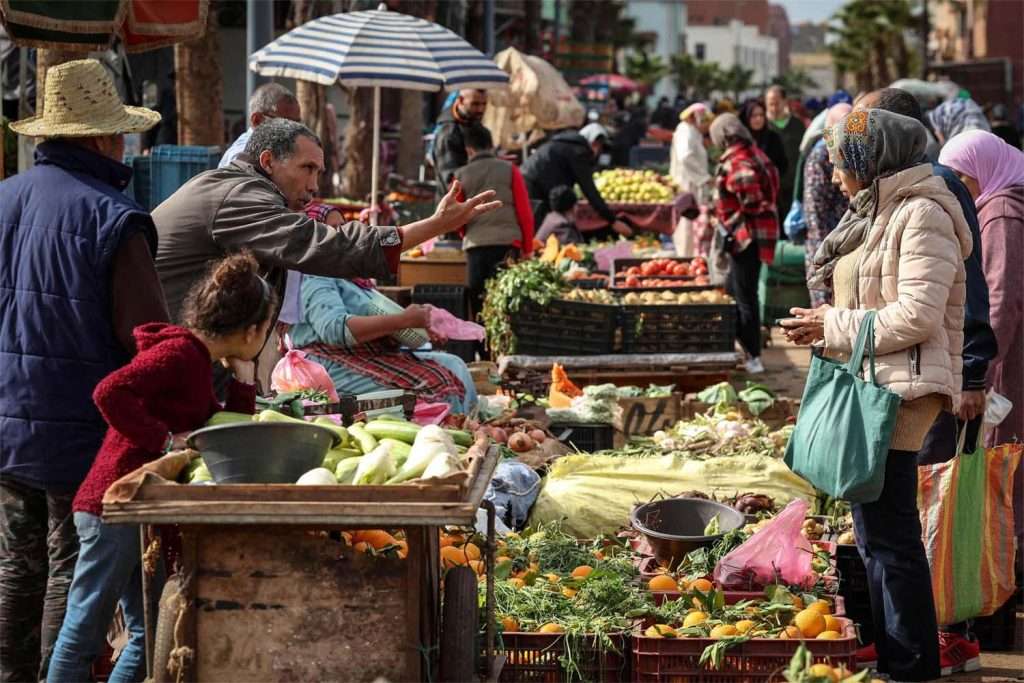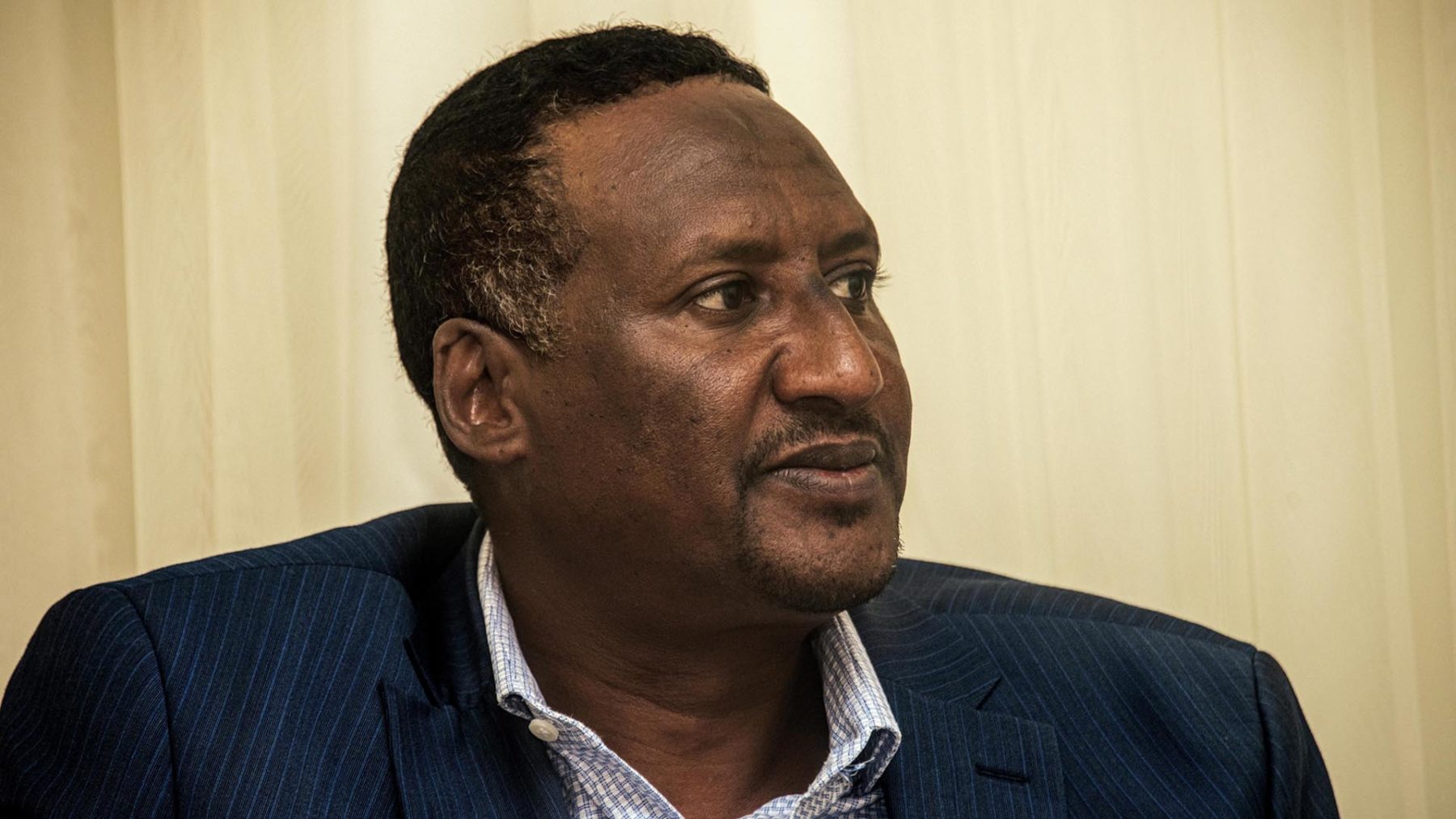Morocco’s economic growth stalled by persistent supply issues

Despite reports of an economic rebound in Morocco, a new survey paints a more sobering picture: the uptick might be more fragile than officials let on.
The Kingdom’s main statistics body, the Haut-Commissariat au Plan, has revealed in a quarterly survey that economic recovery remains uneven. While the construction and manufacturing sectors show modest gains, the country’s mining, energy, and environmental industries face stagnation and decline, reports Le Desk on June 5.
Morocco, classed by the World Bank as a lower-middle-income country, has been vigorously promoting its reputation as the “gateway to Africa”, highlighting its economic and sustainable development to attract recently flagging foreign investment. However, the aftershocks of the COVID-19 pandemic and the following high inflation levels are still being felt.
In Q1 2025, buoyed by gains in chemical, food processing, and non-metallic minerals, Morocco’s manufacturing sector saw a “slight increase” in output. However, a quarter of companies flagged difficulties in sourcing raw materials, especially those of foreign origin. This mainly hit the textile, plastics, and rubber industries, which experienced a downturn with nearly half of leather and footwear managers describing their cash flow situation as “difficult.”
The construction sector also saw increased activity, but once again 11 percent of companies reported supply difficulties, while almost a third said cash flow was “difficult.”
While construction sector growth did not boost employment rates, the extractive sector is more dynamic, driven by a growth in phosphate activity which pushed up selling prices and employment rates. But even this trend might be short-lived as the report’s forecast for Q2 indicates a drop in production due to declining phosphate output.
Morocco is currently investing in catalytic infrastructure to develop key industries such as green energy, which it hopes will revive declining foreign investment. The initiative seems to be modestly paying off as so far, its environmental industry has remained “stable,” though water treatment and distribution remains stagnant.
The energy industry in particular took a hit, with the report citing decreased activity in the “production and distribution of electricity, gas, steam, and air conditioning” segment, however, this is forecasted to rise in the second quarter of 2025.
Le Desk/ Maghrebi
Want to chase the pulse of North Africa?
Subscribe to receive our FREE weekly PDF magazine














